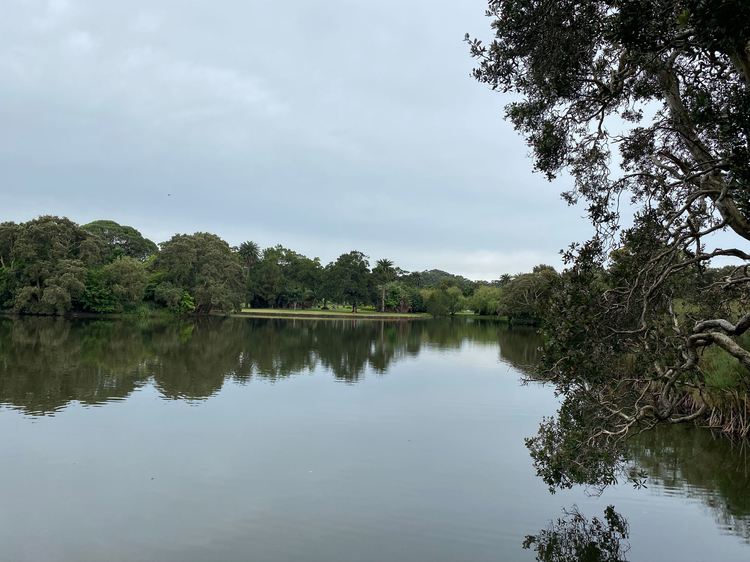
Centennial Park
The first Common in Sydney, for communal uses including the grazing of stock, was set aside in 1804. This area later became Hyde Park, in Sydney.
As colonial Sydney continued to develop, more common grazing land was required. The low-lying poor sandy soil where Centennial Park and Moore Park are now situated supported only scrubby flora and was punctuated with areas of swampland and sandstone ridges, making it unsuitable for cultivation and ideal for common land.
On 5 December 1811 Governor Lachlan Macquarie proclaimed 490 acres to the south of South Head Road (now Oxford Street) as the Sydney Common. The commons were based on the English model with local management by a Board of Trustees.
Fencing was constructed around Macquarie’s Sydney Common. Roads were soon built to establish links with the surrounding areas. These roads were mostly constructed along the line of Aboriginal paths and tracks. The building of roads would define the edges of the common.
Grazing and garbage dumping gradually polluted Lachlan Swamps and ended it as a drinking water source. In 1874 a series of dams were built in the wake of large-scale flooding, however this only led to increased pollution.
During the late 1870s people were lobbying the Councils of Woollahra and Paddington to use the Water Reserve as a public park when its water supply function ended in 1886. It was an ideal location for a park, given that most of metropolitan Sydney was living within a 5 mile radius of the area. The area had become densely populated and it was felt by the local residents that an ‘additional air lung to the city’ was needed.
Governor Carrington, whose idea it was for a large regional park for Sydney suited to riding and recreation, recognised the potential of the Sydney Common site. The residual Sydney Common area to the east of Moore Park was chosen as the location for a grand vision of public recreation – a landscaped park, with access avenues, for the people.
The Centennial Celebrations Act of 1887 created Centennial Park and Queens Park, which signalled the end of Sydney Common. Centennial Park became the focus for the Centenary celebrations planned for 1888.
The concept behind the design of Centennial Park was the allocation of the highest ground for a memorial hall or State House to commemorate European settlement in Australia. The concept of the State House captivated the mind of the then Premier, Sir Henry Parkes, but the dreams never came to fruition.
The plan proposed a processional main entry, ornamental gates, plantations, lakes, ornamental water bodies, cascades and fountains, grassed meadows and areas for sport. The dams of the previous water reserve were incorporated into the plan of the Park. Parliament voted 50,000 pounds towards park construction, with an emphasis on the Grand Drive.
Hundreds of unemployed men were enlisted to turn swamp, scrub and rock into a grand park in the European tradition, with formal gardens, ponds, statues and grand avenues. The land was cleared and sculpted into an open, undulating expanse – to provide recreation in an idealised setting.
Old Grand Drive (now known as Federation Way) was constructed in October 1887 as the main entrance to Centennial Park, and was intended to link the new Park with the city.
-
The Story of Jack Spriggins and the Enchanted Bean
-
Sun, Moon, and Talia
-
The Enchanted Frog
-
The Queen's Croquet-Ground
-
Nenillo and Nennella
-
Blackbeard's Ghost
-
The True History of Little Golden-Hood
-
The Dullahan
-
Three Sisters
-
The Mirror of Current Events, or Beauty to the Highest Bidder
-
The Legend of Saint Galgano